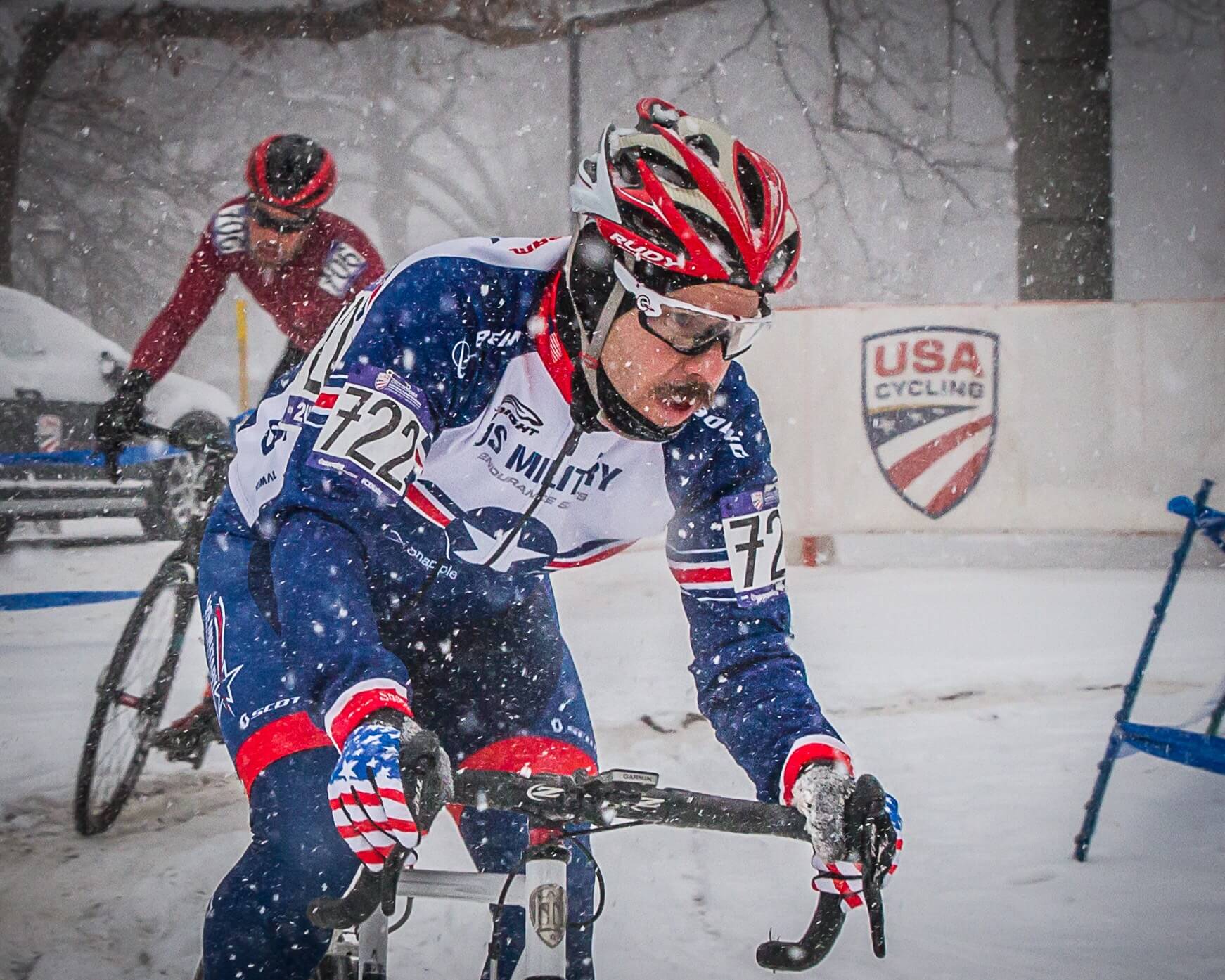In cycling, setting clear goals is essential for making progress and achieving personal bests. Whether you’re aiming to improve your endurance, tackle a challenging climb, or simply enjoy more structured rides, SMART goals provide a powerful framework for success. SMART stands for Specific, Measurable, Achievable, Relevant, and Time-bound, ensuring that your objectives are not only well-defined but also realistic and trackable.
By focusing on what you can control and regularly assessing your progress, SMART goals can help cyclists of all levels achieve meaningful improvements in fitness, skill, and performance.
Why Goal Setting Matters in Cycling
Unlike vague aspirations such as “getting fitter” or “riding faster,” SMART goals offer clarity and focus. They help you break down large objectives into actionable steps, making progress easier to monitor and celebrate. For cyclists, this means setting goals that address key aspects of fitness, skills, and habits, rather than relying solely on external results like race wins or group ride rankings.
How to Break Down SMART for Cyclists
Setting SMART goals involves tailoring them to your unique cycling journey. Here’s how to apply each element of SMART:
1. Specific
Clearly define what you want to achieve. The more precise your goal, the better.
- Example: Instead of saying, “I want to ride more,” specify, “I want to complete three 50-kilometer rides per week.”
2. Measurable
Ensure your goal can be quantified or tracked, allowing you to monitor progress.
- Example: Track improvements like “increase my average speed on a 30-kilometer ride from 25 kph to 28 kph within three months.”
3. Achievable
Set goals that challenge you but remain realistic based on your current fitness, time availability, and resources.
- Example: If you’re new to endurance cycling, aiming to complete a 100-kilometer ride in six months might be achievable with consistent training.
4. Relevant
Align your goals with your cycling aspirations and broader lifestyle.
- Example: If you’re preparing for a hilly gran fondo, focus on goals like “complete weekly hill repeat sessions” rather than irrelevant metrics like improving sprint power.
5. Time-bound
Set a deadline or timeframe to keep you motivated and on track.
- Example: “Ride a total of 3,000 kilometers by the end of the year.”
Types of Goals for Cyclists
In addition to following the SMART framework, it’s helpful to categorize your goals into Process, Performance, and Outcome goals.
Process Goals
These focus on the daily or weekly actions within your control that contribute to long-term success.
- Examples:
- Ride four times per week.
- Consume 60 grams of carbohydrates per hour during long rides.
- Perform one interval session each week.
Performance Goals
These are results-based goals you can achieve by consistently meeting your process goals.
- Examples:
- Increase Functional Threshold Power (FTP) by 10% within six months.
- Complete a favorite climb 2 minutes faster than last season.
Outcome Goals
These reflect end results often influenced by external factors, such as race conditions or competition.
- Examples:
- Finish in the top 10 of a local event.
- Complete a gran fondo within a specific time.
By using all three types of goals, you can ensure a balanced approach that values progress along the way, not just the final result.
Examples of Cycling Goals Using SMART Principles
A cyclist aiming to improve endurance and speed might set the following SMART goals:
- Main Goal: Complete a 160-kilometer ride at an average speed of 27 kph within one year.
- Measures of Effectiveness (MOE):
- Increase long-ride duration from 2 hours to 5 hours within six months.
- Improve average speed on a 50-kilometer route from 25 kph to 27 kph.
- Measures of Performance (MOP):
- Ride at least 80 kilometers per week.
- Complete at least two interval sessions monthly.
By assessing progress at regular intervals, the cyclist can adjust their training plan to stay on track or revise goals if needed.
Practical Tips for Long-Term Goal Achievement
Focus on What You Can Control
External factors like weather or group dynamics can impact your outcomes, so prioritize goals tied to your effort and preparation.Start Small
Begin with manageable targets, such as increasing ride frequency or hitting specific power zones, before working toward larger goals.Regularly Review and Adjust
Check your progress often, and don’t hesitate to refine your goals to align with current fitness levels or unexpected challenges.
Ride with Purpose and Plan Ahead
SMART goals provide a roadmap for cycling success by turning aspirations into actionable steps. Whether you’re a seasoned cyclist or just starting your journey, adopting this goal-setting framework ensures that each ride brings you closer to your ultimate objectives. Define your goals, track your progress, and enjoy the satisfaction of watching your cycling potential unfold.
Ready to take the next step? Start setting your SMART goals today and make this your best cycling year yet!



